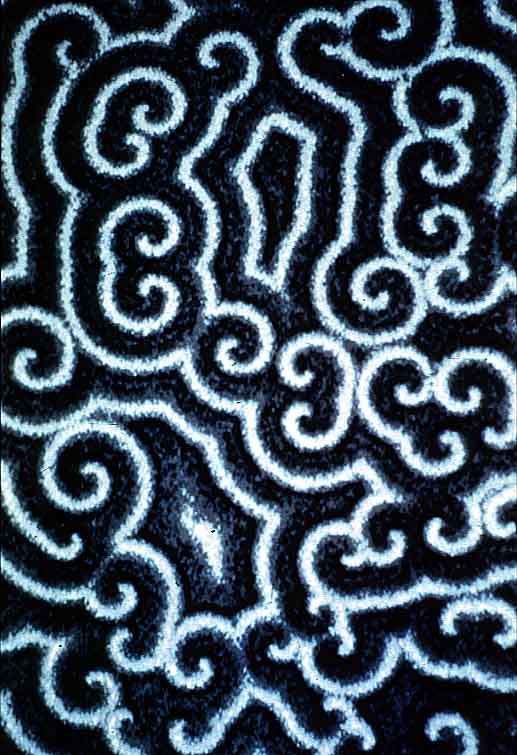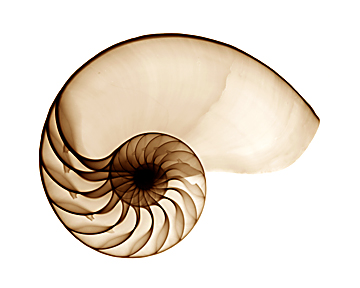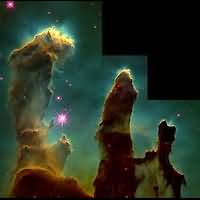Remote Ready Biology Learning Activities has 50 remote-ready activities, which work for either your classroom or remote teaching.
Serendip is an independent site partnering with faculty at multiple colleges and universities around the world. Happy exploring!

| 
| Exploring Emergence |
 |
 |
|
"The World of Langton's Ant" was conceived with several different objectives in mind. At the most basic level, it was intended to provide a model of science education following the goals defined in "Revisiting Science in Culture: Science as Story Telling and Story Revising" (see to left).
At a slightly more ambitious level, the aim was to provide a useful introduction to core ideas in the developing interdisciplinary field of "emergence" or "complex systems". (See Emergence) Most ambitiously, the intent was test an intuition about the complementarity of teaching and research: the idea that carefully working through an elementary phenomenon in the way needed for effective teaching would also help to generate ideas and frameworks that could advance professional understanding in particular fields of inquiry. (Emergence: Moving On?) |
"The World of Langton's Ant" was created with the belief that science is a fundamental human process of story telling and story revising, one that is accessible to all humans and one which all humans can both be involved in and benefit from. From this follows several general principles of science education that "The World" is intended to illustrate in one particular case:
On Computer Models and Their Use in Science Education
It may seem slightly odd to use a computer model rather than a "natural" phenomenon as the core of a lesson in science. What this reflects is a perhaps non-standard perspective on what a "computer model" is and should be used for. While many people think of computer models as ways to try and mimic and hence make sense of "natural" phenomena, my own sense is that computer models, like natural phenomena, are organized sytems exhibiting particular behaviors whose underlying mechanisms and origins one may wonder about. From this perspective, one can inquire into computer models in exactly the same way one inquires into other phenomena (cf Some Tips ... re computer models). And they have certain advantages in that, for example, one can be sure there are not unknown factors involved. While experiences with models do not perfectly mimic experience with, for example, chemical substances or living organisms, experiences with one or the other of the latter are also not equivilent. The effort here is to get at some important common features of scientific inquiry, not the specifics of scientific inquiry into particular kinds of things. It is also relevant that computer models, as products of the human brain, are in fact in an important sense "natural" systems and so perfectly good subjects of inquiry, so long as it is understood they are not intended as virtual representations of some other "reality". Along these lines, it is relevant that "The World of Langton's Ant" does not start with any indication that it is a computer model; it is introduced simply as an interesting phenomenon. That it is a computer model becomes clear only as a part of one's inquiry into the phenomenon.
Invitation to Other Educators
We have tried to construct "The World of Langton's Ant" in a way that it can be used either by individuals on their own or in a variety of classroom settings, and either in its entirety or as separate modules. If you have found "The World" more or less useful to your teaching activities, we'd like very much to hear about your experiences with it and to have any suggestions you might offer about how it could be made more effective. If you'd be interested in adapting this exhibit for more effective use in some particular context, we'd be pleased to work with you with the goal of creating a series of variants of "The World" that would help illustrate and understand the important differences between different educational contexts and environments. Brief thoughts can be put in the on-line forum and you can email us with longer ones.
| "The World of Langton's Ant" was produced by Paul Grobstein with the Summer 2005 Serendip/SciSoc group. Applets were created with NetLogo by Rebekah Baglini, building on earlier work. Our thanks to the Emergent Systems Working Group for fertile conversations from which this emerged and to which we hope it further contributes. |
Watching Looking Inside Agents/Environments | Observers | Architects | Beyond Determinism? Summary and ... Further reflections on Emergence and Science Education |